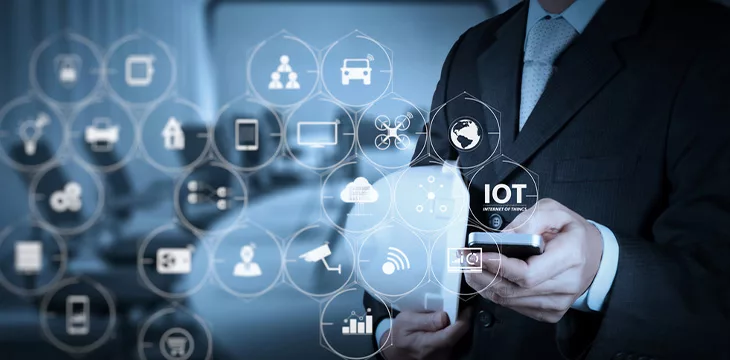
A group of Japanese researchers have proposed a solution to control Internet of Things (IoT) devices, offering enterprises higher levels of control over existing systems.
According to the research paper, the solution—serving as a broadcast authentication system—will enable users to remotely control multiple IoT devices from a single network. The researchers from the Yokohama National University describe their solution as a “simplified remote control” but offers a broad range of functionalities.
A cursory look at the solution reveals that users can send control commands to all devices in the network, but configuration capabilities can limit command execution to specific IoT devices. Before the study, IoT users faced either “one or all” options, significantly limiting their ability to control smart devices.
“Our research team has proposed a broadcast authentication system in which a sender has the ability to control a number of arbitrary target devices remotely and simultaneously,” said lead researcher Junji Shikata.
The new capability ushers a wave of use cases for enterprises, including the ability of users to halt the spread of cyberattacks by taking affected devices offline. Another use case identified by the researchers revolves around controlling devices in hard-to-reach areas like dams and underground facilities, allowing enterprises to remotely shutdown equipment at the end of their lifespan.
“For example, it can be applied to the control of IoT devices infected with malware or IoT devices that are left in the network beyond their lifespan, in order to turn them off and isolate them from the network,” read the paper.
For security, the system relies on digital signatures, which researchers say could be based on blockchain technology with a “broadcast authentication scheme” deployed as an added layer of security.
Still in the “conceptual model” stage, the system recorded impressive results during testing, sparking interest from several industry key players. Going forward, the researchers say they will narrow their focus on developing secure next-gen cryptographic technology for the system in an attempt to make it resistant to attacks.
Blockchain’s expanding use cases
Outside of digital assets and decentralized finance (DeFi), blockchain is finding increasing applications among emerging technologies. In artificial intelligence (AI), researchers are exploring the use of blockchain to prevent copyright breaches, while others are experimenting with the technology to protect the integrity of training data.
Blockchain technology has since made cameos in public health, aid delivery, manufacturing, supply chain, education, and logistics. Despite AI’s boon, CIOs still consider blockchain investments a core part of their long-term strategy, alongside cybersecurity and Big Data.
Watch CoinGeek Roundtable Episode 6: IoT & Blockchain

 09-20-2024
09-20-2024


